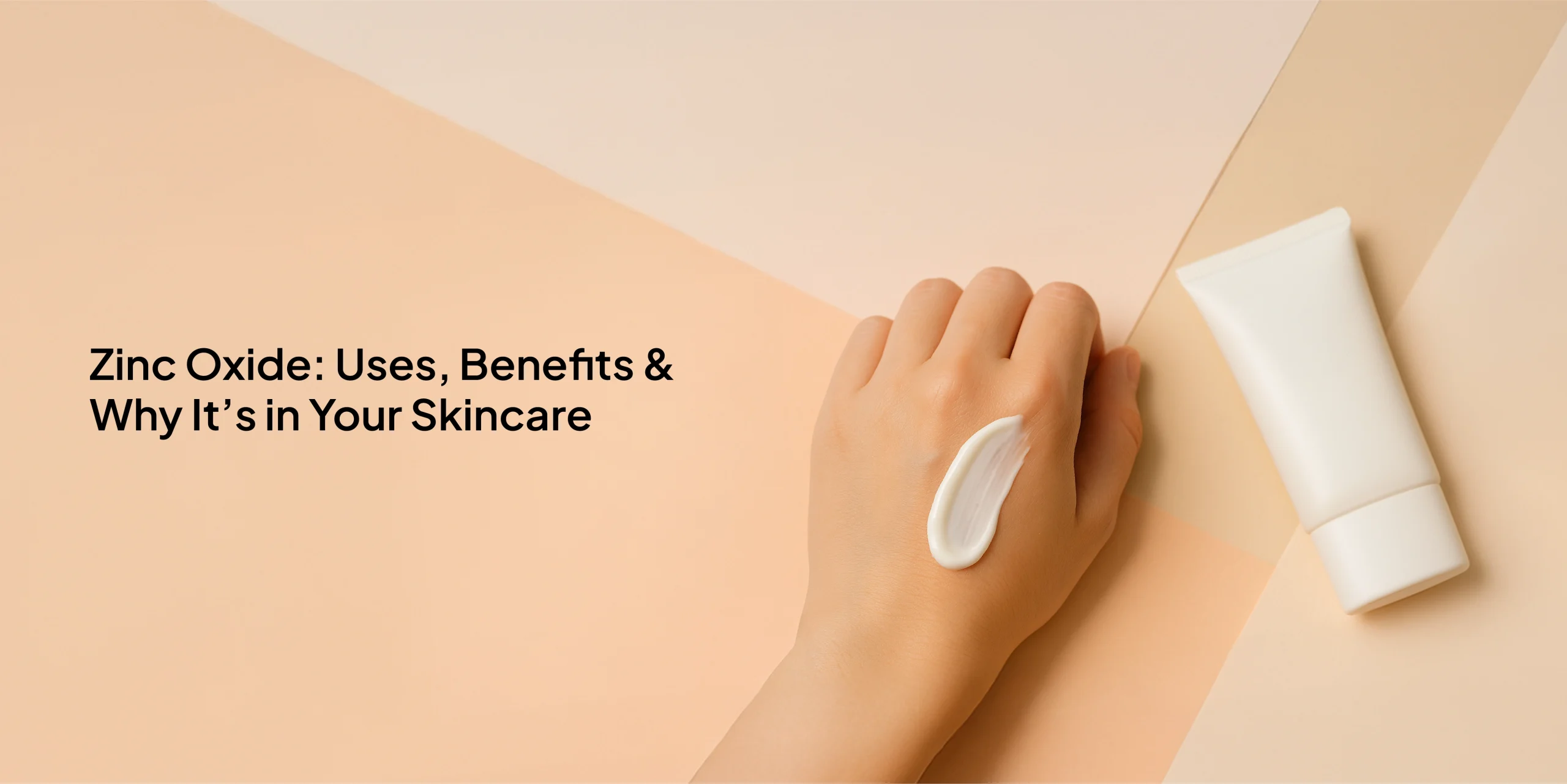
What is zinc oxide, and why does this ubiquitous compound appear in so many products we use daily? From the white creams that protect our skin from the sun’s harsh rays to the tires that keep our cars on the road, zinc oxide is a silent workhorse, playing a crucial role in countless applications. Its widespread presence underscores its versatility and effectiveness across diverse industries.
Understanding the common compounds that populate our world isn’t just about scientific curiosity; it’s about making informed choices as consumers and appreciating the intricate chemistry that shapes our lives. This article will delve into the fascinating world of zinc oxide, exploring its history, properties, and the myriad ways it touches our lives. Join us as we uncover the science behind this powerful and pervasive ingredient.
At its core, zinc oxide (ZnO) is an inorganic compound, meaning it doesn’t primarily consist of carbon-hydrogen bonds. You’ve likely encountered it in its most common form: a fine, white powder. This powder is notably insoluble in water, a property that makes it particularly effective in products designed to stay on surfaces, like sunscreens or paints.
While zinc oxide does occur naturally as the mineral zincite, most of the ZnO we encounter in commercial products is produced synthetically. The dominant method for its industrial production is the “French process.” This involves heating metallic zinc to create zinc vapor, which then reacts with oxygen in the air. The resulting zinc oxide condenses as a fine powder, ready for a myriad of uses.
The story of zinc oxide isn’t a modern one; its utility has been recognized for millennia, long before the advent of modern chemistry. Ancient civilizations, particularly in Greece and India, intuitively understood its healing properties and incorporated it into their medicinal practices. Records indicate that early physicians utilized zinc oxide in ointments for soothing skin irritations, promoting wound healing, and even for eye salves.
This ancient wisdom laid the groundwork for its widespread use today. Over centuries, as alchemical practices evolved into more structured chemistry, the understanding and applications of zinc oxide expanded significantly. From being a revered ingredient in traditional remedies to becoming a vital component in industrial processes and everyday consumer products, its journey reflects a remarkable evolution in human ingenuity.
Delving a little deeper into its nature, zinc oxide exhibits some fascinating chemical and physical properties that explain its versatility. One key characteristic is its amphoteric nature. This means it has the unique ability to react with both acids and bases. For example, it can dissolve in strong acids like hydrochloric acid to form zinc chloride and water, and it can also react with strong bases like sodium hydroxide to form zincates. This dual reactivity makes it a valuable component in various chemical processes.
Zinc oxide also boasts an impressively high melting point of approximately 1975°C (3587°F), making it a highly stable compound, even under extreme conditions. This thermal stability is crucial in applications like ceramics and rubber manufacturing, where high temperatures are involved.
Structurally, zinc oxide can exist in a few crystalline forms, with wurtzite being the most common and stable at room temperature and pressure. The other form, zincblende, can be achieved under specific conditions. The wurtzite structure, with its hexagonal lattice, contributes to many of zinc oxide’s unique properties, including its piezoelectric and semiconducting characteristics, which are exploited in electronic devices.
The widespread utility of zinc oxide is truly remarkable, spanning from personal care to heavy industry and even our food. Its unique combination of chemical and physical properties makes it an indispensable component in a diverse array of products that touch our daily lives. Understanding these various applications highlights just how integral this inorganic compound has become to modern society.
Perhaps the most familiar application of zinc oxide for many of us is in skincare and cosmetics. It is a cornerstone ingredient in sunscreens, offering broad-spectrum protection against both harmful UVA and UVB rays. Unlike chemical sunscreens that absorb UV radiation, zinc oxide acts as a physical blocker, forming a protective barrier on the skin that reflects and scatters UV light. This makes it a preferred choice for individuals with sensitive skin, including babies and those prone to allergic reactions.
Beyond sun protection, zinc oxide is a star ingredient in a range of topical treatments. It’s a primary component in diaper rash creams, where its soothing and protective properties help to heal and prevent irritation. Calamine lotion, a classic remedy for itching and minor skin irritations, also relies on zinc oxide for its astringent and anti-pruritic effects. Furthermore, its anti-inflammatory and mild antimicrobial properties make it a valuable addition to some acne treatments, helping to reduce redness and promote healing. The benefits in this category are clear: it’s anti-inflammatory, soothing, and provides a robust protective shield for the skin.
While its role in skincare is widely recognized, zinc oxide’s industrial applications are even more extensive and perhaps less visible to the average consumer.
In the rubber manufacturing industry, zinc oxide is indispensable. It acts as an activator for vulcanization, the chemical process that transforms raw rubber into a more durable, elastic material. Without zinc oxide, rubber products like tires would lack the strength and heat resistance necessary for their demanding uses. It significantly enhances the mechanical properties and longevity of rubber goods.
In the world of ceramics and glass, zinc oxide plays a dual role. It acts as a flux, lowering the melting point of glazes and glass, which makes them easier to work with and allows for more energy-efficient production. Additionally, its opacifying properties contribute to the white, opaque appearance of many ceramic glazes and certain types of glass.
Electronics also heavily rely on zinc oxide. Its semiconducting properties are leveraged in varistors, which protect electronic circuits from voltage surges. It’s also a key component in light-emitting diodes (LEDs) and solar cells due to its wide bandgap and excellent optical properties, contributing to efficient light emission and energy conversion.
Moving from industrial to nutritional, zinc oxide is also an important player in our diets. It is commonly used as a zinc supplement in fortified foods, such as breakfast cereals and some dairy products. Zinc is an essential trace element that plays a critical role in numerous bodily functions. It’s vital for a healthy immune system, aiding in the body’s defense against infections. Furthermore, zinc is a cofactor for over 300 enzymes, meaning it’s necessary for their proper function in a vast array of metabolic processes, including DNA synthesis, protein production, and wound healing.
Given its widespread use, the safety and environmental impact of zinc oxide are important considerations. The good news is that for most of its traditional applications, zinc oxide is generally recognized as safe (GRAS) by regulatory bodies like the U.S. Food and Drug Administration (FDA). This designation reflects decades of research and safe use in everything from topical creams to food supplements.
However, in recent years, concerns have emerged regarding nanoparticle forms of zinc oxide, particularly in sunscreens. Nanoparticles are materials engineered to be extremely small, typically less than 100 nanometers in size. While these tiny particles offer superior transparency on the skin, which many consumers prefer, there’s ongoing research into their potential environmental effects, particularly on aquatic ecosystems. Some studies suggest that zinc oxide nanoparticles could be harmful to marine life when they wash off into oceans.
Due to these concerns, many environmentally conscious consumers and brands are opting for non-nano formulations of zinc oxide in sunscreens. These formulations use larger particles that are less likely to penetrate the skin or cause environmental harm, while still providing effective UV protection. The discussion around nanoparticles highlights the ongoing need for research and responsible innovation in the chemical industry, balancing efficacy with safety and environmental stewardship.
Understanding the compounds that nourish and protect your skin is the first step towards a healthier, more radiant you. Just as zinc oxide provides unparalleled protection and soothing benefits, choosing the right skincare products tailored to your unique needs can make all the difference. Explore a world where science meets nature, and discover formulations designed to bring out your skin’s natural brilliance.
Ready to elevate your skincare routine? Dive into a collection crafted with care and backed by science, offering solutions for every skin type and concern. Uncover products that harmonize with your skin’s natural balance, providing the nourishment and protection it deserves. For the best Korean beauty products, Skin Seoul is your #1 place to get them right here. Your journey to luminous, healthy skin starts with Skin Seoul.
I was lucky enough to test out this wonderful cream by Wellage. The Real Hyaluronic Cream 100 is so rich and emollient. It goes on so beautifully and soaked right into my skin. My skin remained hydrated throughout the entire day and looked so radiant and beautiful! There is no scent to this product which is a plus for me. I used this in the morning under my makeup and at night before bed. I am thrilled with the results on my very dry skin! Really loving this and have incorporated it into my skincare routine!
Just received my Iope vital serum cannot really comment if it helps my skin but the customer service is excellent will order from again
I have been using the Anua Heartleaf Quercetinol Deep Cleanser for two weeks and I think it's brilliant!
I don't have acne prone skin, but I do have a lot of redness and uneven tone. The first time I used this I was concerned it may be drying, but my skin felt very comfortable after using it, which was impressive because so many cleansers are drying for my skin. The smooth, creamy texture felt soft on my skin and the scent was earthy, which was pleasant.
It paired beautifully with my hemp seed cleansing balm for a double cleanse every night and even in the morning when I only used the Anua, my skin was visibly cleaner, as if I'd double cleansed. It really is a true deep cleanser. The redness on my face seems to have improved too, which were better results than I'd hoped for.
After the initial two weeks I used a hemp-based cleanser that I had just received and was excited to try. After two days I went straight back to the Anua deep cleanser because my skin was much happier with this new cleanser that I'll be continuing to use daily!
I really do highly recommend this!
It is a good product, it works great and helps reduce acne. I recommend it.
It is a good product, it works great and helps reduce acne. I recommend it.
I am in my early 70's, up until recently I was never that careful with my skin. I did not realize you could do anything to make a true difference in your skin. In the US we don't take care of our skin like folks do in other countries, our loss. On a whim I purchased this product in the hopes I could do something good for my "age spots" on my hands and face. To my happy surprise, this worked! I keep one in my purse one in our master bath and one in my office on the main floor of our house, and apply it regularly. These little tubes are so convenient! My age spots are fading very nicely and I do look better. Am I younger or can I play the violin? NO, but my skin looks much better and that makes me feel good. Shipping was quick especially since it traveled half way around the globe, the price is reasonable, and customer service is very helpful. The box it was shipped in was a bit battered, but the products were well protected and arrived in perfect condition. I bought 2 -4 packs, and gave 3 away for friends to try, I like this stuff that much. I will be back for more and many other products as well. Very nice Company to deal with.
Love this set, I love how clean and dewy my skin looks and feels
The products are all lovely in this set. Very nice on the skin.
I have sensitiv skin, and the this has been lifesaver! It's incredibly hydrating and has helped soothe and repair my skin barrier. The essence absorbs quickly, leaving it refreshed and moisturized. I've noticed a significant improvement in my skin's overall health and texture.highly recommend this essence to anyone with sensitive or dry skin!
It is my first time to try this brand but I like their light texture and fast absorption. Great for oily skin and Singapore weather.
The delivery was fast and no dents on the package.
Great product
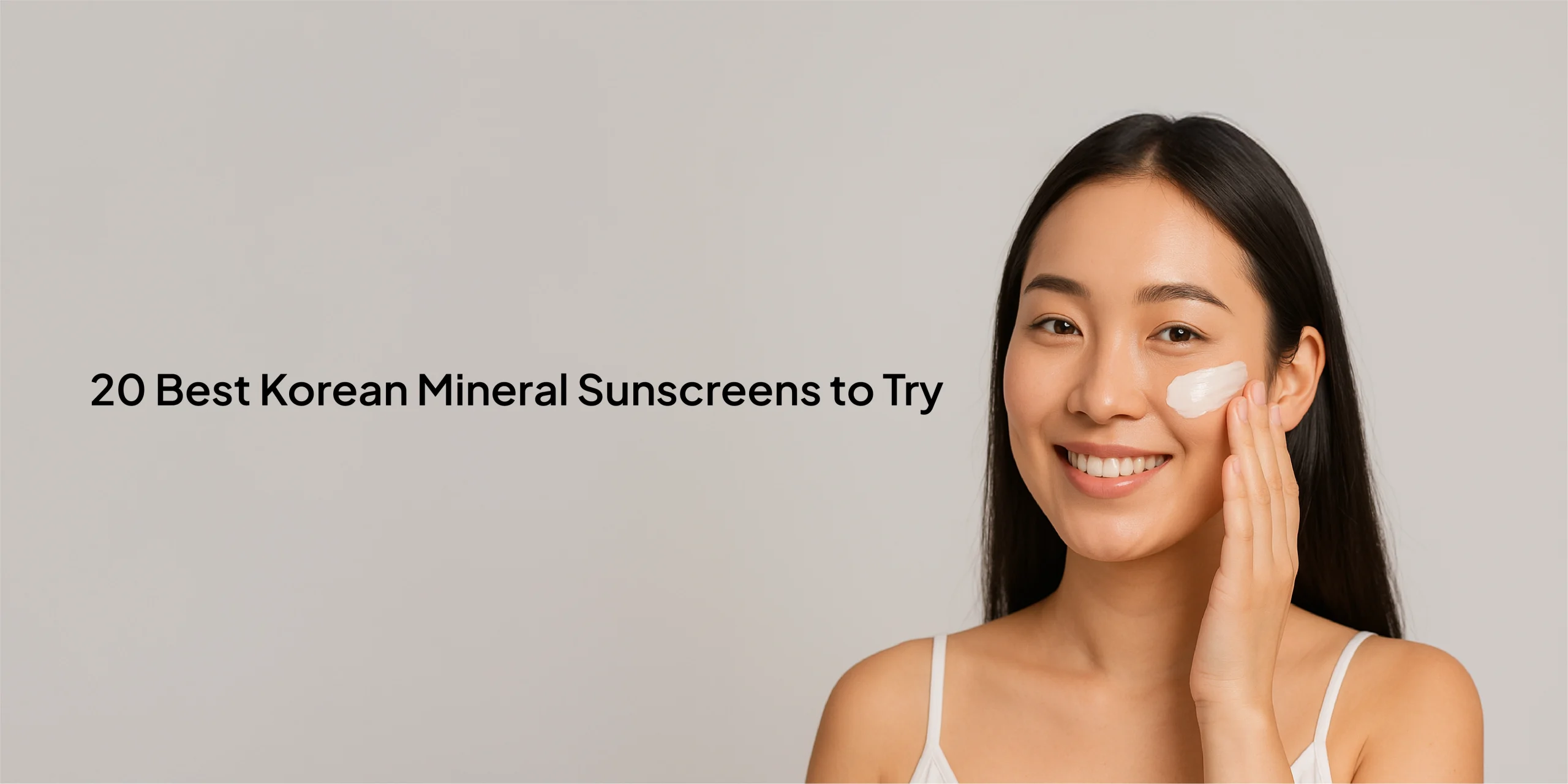
Mineral sunscreens have come a long way, especially in the K-beauty world, where skin-first innovation meets featherlight textures and elegant finishes. Unlike chemical sunscreens that absorb UV rays, mineral (aka...
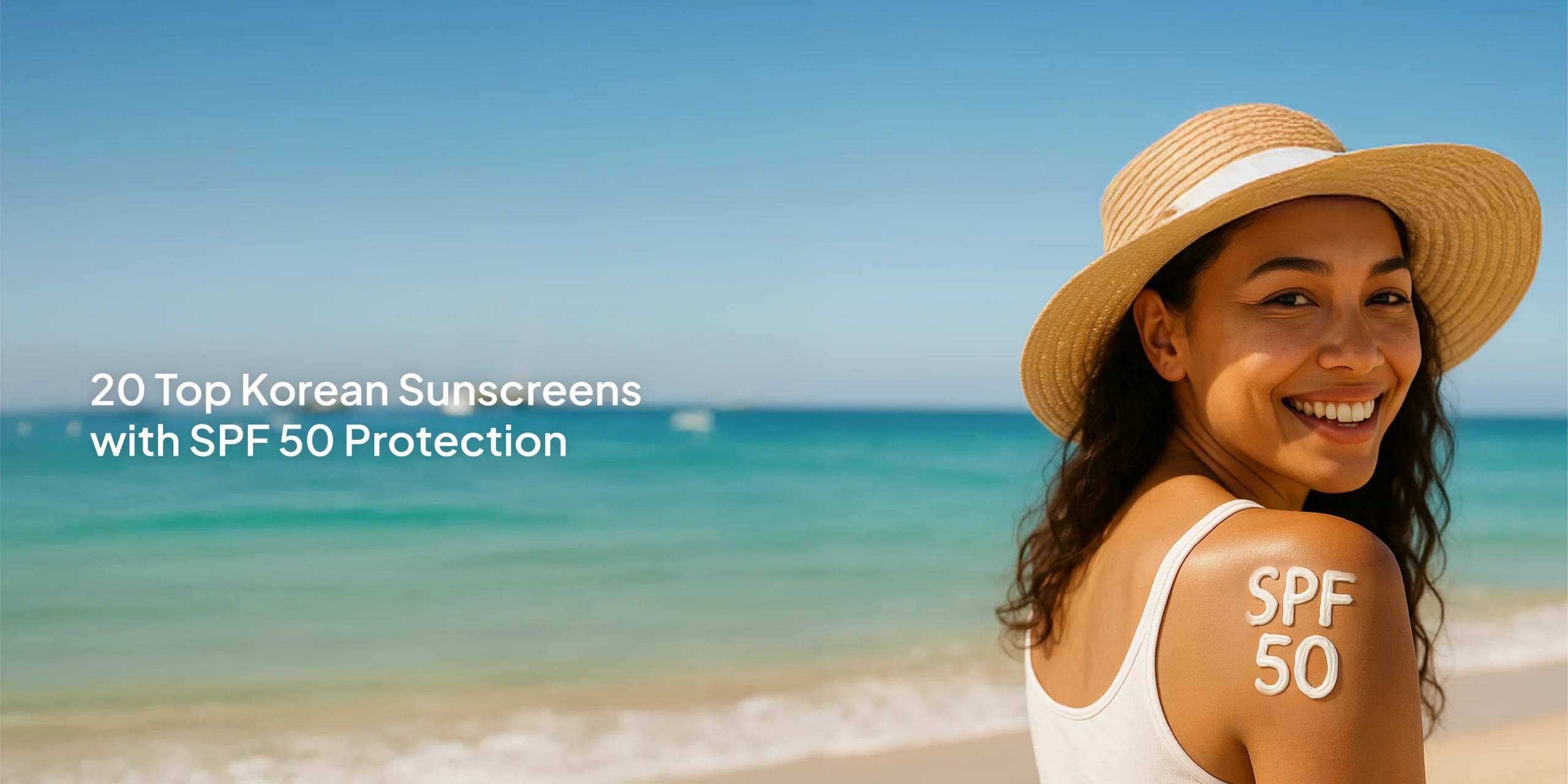
When it comes to sun protection, Korean skincare has long been ahead of the curve. Their sunscreens are known for lightweight textures, cutting-edge UV filters, and skin-nourishing ingredients that make...
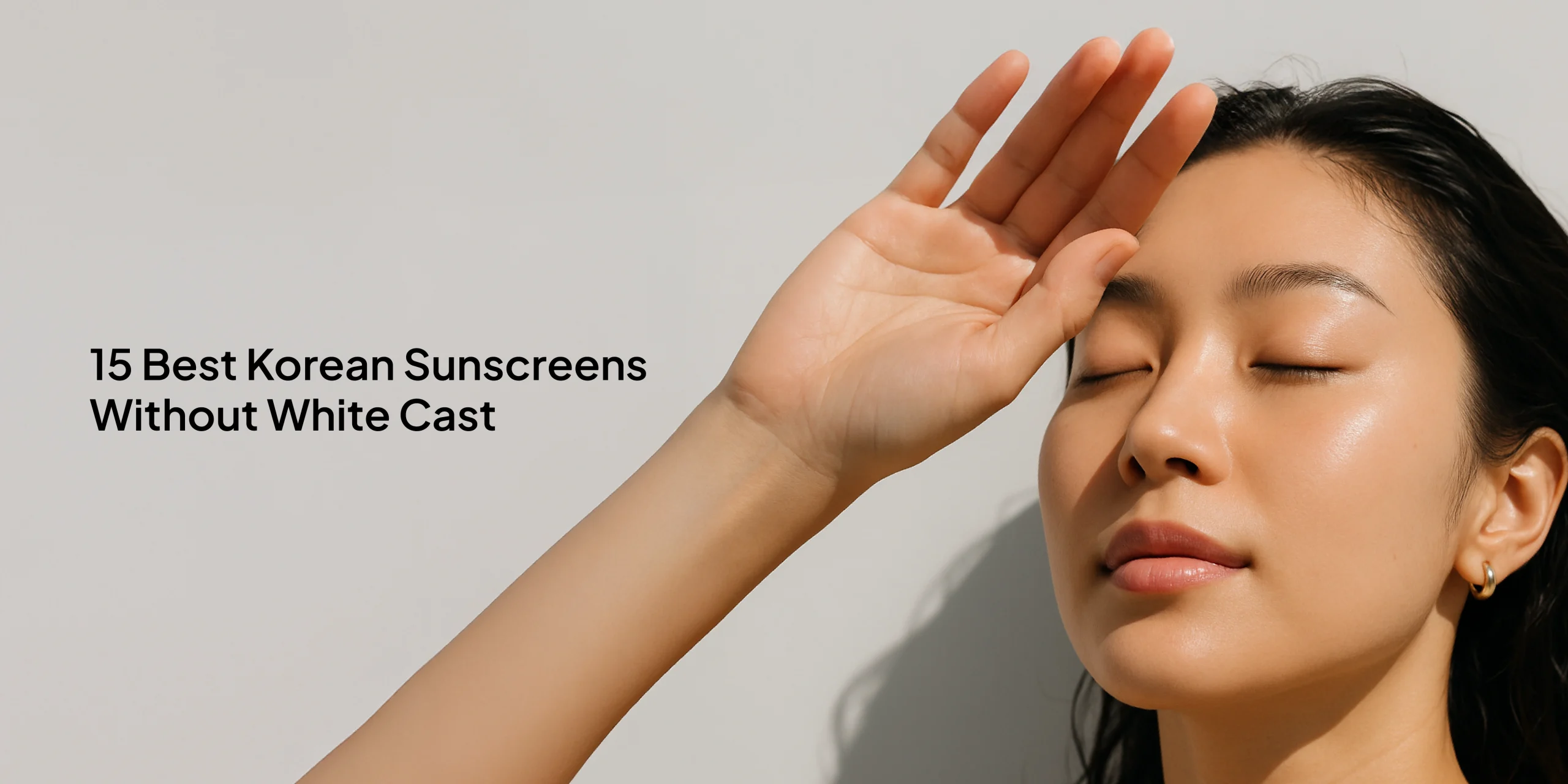
White cast is the dreaded giveaway of wearing sunscreen, especially for those with deeper or warmer skin tones. Many sunscreens, especially mineral ones, leave a chalky residue that not only...
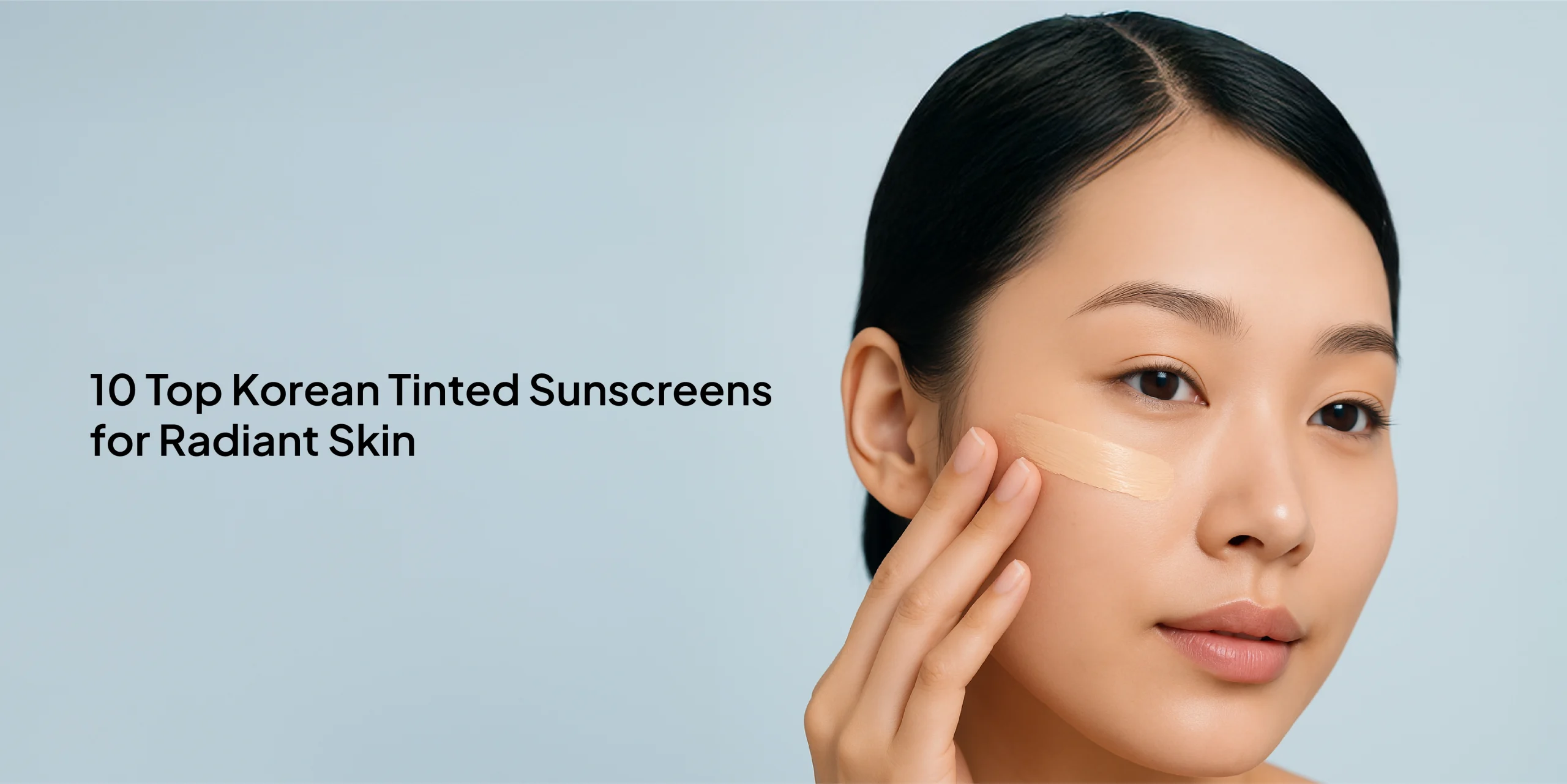
Sunscreen is a non-negotiable step in any skincare routine, but what if it could do more than just protect? Enter: the Korean tinted sunscreen, your multitasking hero that shields, perfects,...
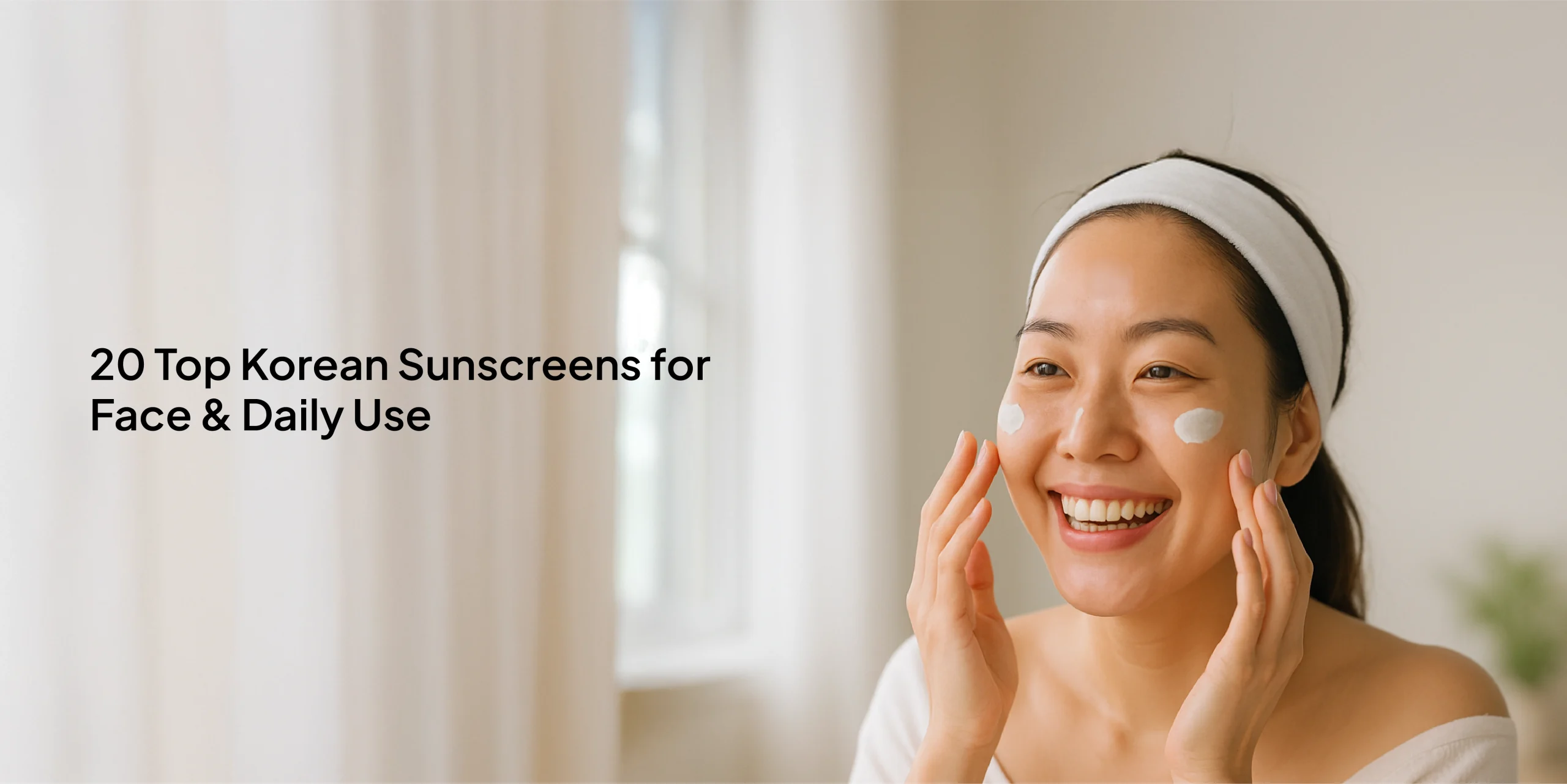
Korean sunscreens have become a global skincare essential, and for good reason. They’re known for their innovative textures, skin-loving ingredients, and elegant finishes that make daily sun protection feel less...

Mineral sunscreens have come a long way, especially in the K-beauty world, where skin-first innovation meets featherlight textures and elegant finishes. Unlike chemical sunscreens that absorb UV rays, mineral (aka...

When it comes to sun protection, Korean skincare has long been ahead of the curve. Their sunscreens are known for lightweight textures, cutting-edge UV filters, and skin-nourishing ingredients that make...

White cast is the dreaded giveaway of wearing sunscreen, especially for those with deeper or warmer skin tones. Many sunscreens, especially mineral ones, leave a chalky residue that not only...

Sunscreen is a non-negotiable step in any skincare routine, but what if it could do more than just protect? Enter: the Korean tinted sunscreen, your multitasking hero that shields, perfects,...

Korean sunscreens have become a global skincare essential, and for good reason. They’re known for their innovative textures, skin-loving ingredients, and elegant finishes that make daily sun protection feel less...

Mineral sunscreens have come a long way, especially in the K-beauty world, where skin-first innovation meets featherlight textures and elegant finishes. Unlike chemical sunscreens that absorb UV rays, mineral (aka...

Explore the best in Korean skincare with our extensive range of 500+ top-brand products. From hydrating toners to powerful serums, our unbeatable prices and latest collections cater to all your skincare needs. Elevate your routine with SkinSeoul and discover the transformative power of K-beauty today!
23 KEPPEL BAY VIEW, REFLECTIONS AT KEPPEL BAY, Singapore (038987)
+65 81533950
support@skin-seoul.com